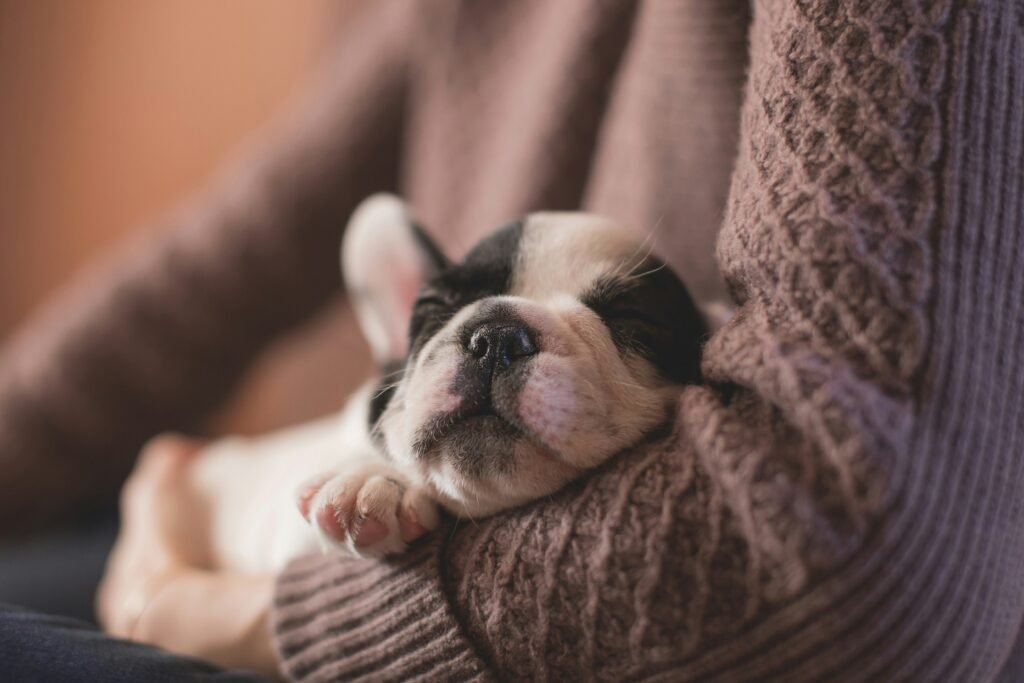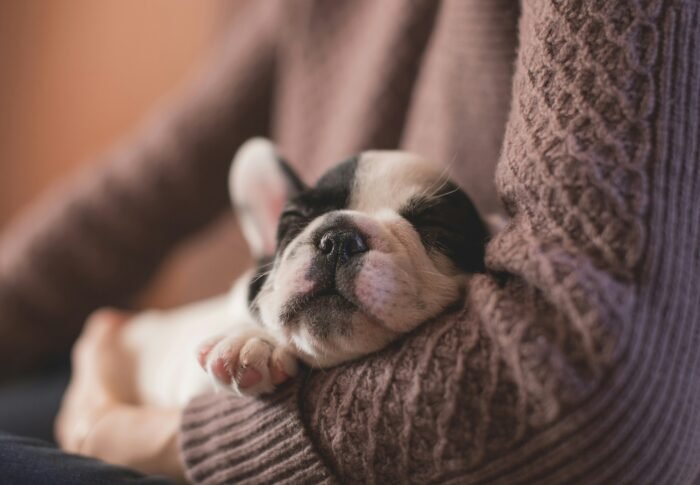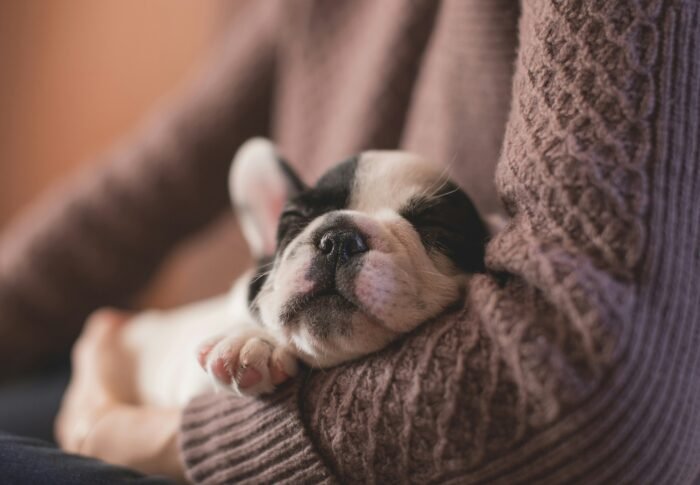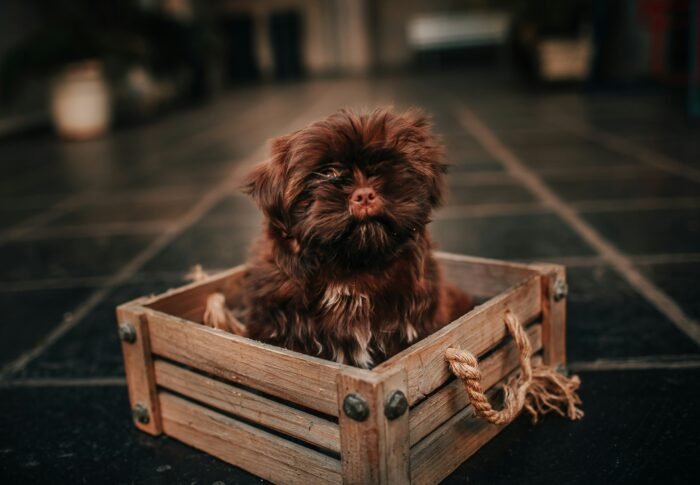
The Importance of Correct Puppy Crate Size
Are You Confused about Puppy Crate Sizes?
Are you a new puppy owner trying to figure out the correct crate size for your furry friend? It can be overwhelming with all the options out there, but don’t worry, we’re here to help you understand why getting the right crate size is so important for your puppy’s well-being and comfort.
Why Choosing the Right Crate Size Matters
Getting the correct puppy crate size is crucial for several reasons. A crate that is too small can make your puppy feel cramped and uncomfortable, leading to anxiety and stress. On the other hand, a crate that is too large can discourage proper potty training and create a space that feels too open and intimidating for your puppy.
What Happens If You Choose the Wrong Size Crate?
If you opt for a crate that is too small for your puppy, they may feel restricted, leading to anxiety and potentially destructive behaviors. On the other hand, if the crate is too large, your puppy may use one corner as a bathroom area, making potty training more challenging. Choosing the wrong crate size can negatively impact your puppy’s comfort, behavior, and overall well-being.

This image is property of images.unsplash.com.
Find products like these on Amazon!
How to Measure Your Puppy for the Right Crate Size
Measuring your puppy correctly is the first step in finding the perfect crate size for them. Use a tape measure to determine the following dimensions:
-
Length: Measure from the tip of the nose to the base of the tail. Add 2-4 inches to this measurement to determine the minimum crate length.
-
Height: Measure from the top of the head to the ground while your puppy is standing. Add 2-4 inches to this measurement for the minimum crate height.
-
Width: Measure the widest part of your puppy, typically the shoulders. Add 2-4 inches to this measurement for the minimum crate width.
By taking these measurements, you can ensure that your puppy has enough room to stand, turn around, and lie down comfortably in their crate.
Understanding Different Crate Sizes and Types
Puppy crates come in various sizes and types to accommodate different breeds and sizes. Here are the most common crate sizes and their recommended uses:
Small Crate (24 inches)
A small crate is suitable for small dog breeds such as Chihuahuas, Dachshunds, and Yorkshire Terriers. This size provides a cozy space for your puppy to feel secure and comfortable while still having room to move around.
Medium Crate (30 inches)
A medium crate is ideal for medium-sized breeds like Beagles, French Bulldogs, and Cocker Spaniels. This size offers enough space for your puppy to stretch out comfortably and stand up without feeling cramped.
Large Crate (36 inches)
A large crate is recommended for larger breeds such as Labrador Retrievers, Golden Retrievers, and Border Collies. This size allows ample room for your puppy to move around freely and lie down comfortably.
Extra Large Crate (42-48 inches)
For giant breeds like Great Danes, Saint Bernards, and Mastiffs, an extra-large crate is necessary. This size offers plenty of space for your puppy to stretch out, turn around, and stand up without any restrictions.
Find products like these on Amazon!
Considering Your Puppy’s Growth and Development
It’s essential to consider your puppy’s growth and development when choosing a crate size. While it may be tempting to purchase a crate based on your puppy’s current size, keep in mind that they will grow rapidly in the first few months.
Training Your Puppy for Crate Success
Introducing your puppy to their crate properly is key to ensuring they feel comfortable and secure in their new space. Start by placing treats, toys, and cozy bedding inside the crate to create a positive association. Encourage your puppy to explore the crate on their own terms without forcing them inside.
Gradual Crate Training
Once your puppy is comfortable with the crate, gradually increase the amount of time they spend inside. Start with short intervals and gradually extend the duration as your puppy becomes more accustomed to the crate. Remember to praise and reward your puppy for calm and relaxed behavior inside the crate.
Monitoring Your Puppy’s Behavior
Pay attention to your puppy’s behavior while they are in the crate. If they show signs of distress, such as excessive whining, barking, or attempting to escape, they may not be ready for extended crate time. Be patient and provide positive reinforcement to help your puppy feel at ease in their crate.
Crate Setup and Maintenance Tips
Ensuring that your puppy’s crate is set up correctly and maintained properly is essential for their comfort and safety. Here are some tips to help you create a welcoming and secure environment for your furry friend:
Crate Placement
Place your puppy’s crate in a quiet, low-traffic area of your home where they can feel safe and secure. Avoid placing the crate near drafty windows or doors, loud appliances, or direct sunlight to maintain a comfortable environment.
Cozy Bedding
Provide your puppy with a soft and cozy bed or blanket inside the crate to make it a comfortable and inviting space. Avoid using bedding that is too thick or stuffed, as it can pose a suffocation hazard.
Toys and Treats
Include your puppy’s favorite toys and treats inside the crate to keep them entertained and engaged while inside. Interactive toys and puzzle feeders can help alleviate boredom and prevent destructive behaviors.
Regular Cleaning
Clean your puppy’s crate regularly to maintain a hygienic and odor-free environment. Remove any accidents promptly, wash bedding and toys as needed, and disinfect the crate to prevent the buildup of bacteria and odors.

This image is property of images.unsplash.com.
Final Thoughts on the Importance of Correct Puppy Crate Size
Choosing the right crate size for your puppy is crucial for their comfort, well-being, and overall happiness. By measuring your puppy correctly, considering their breed and size, and prioritizing their growth and development, you can create a safe and secure space that your puppy will love. Remember to introduce your puppy to their crate gradually, provide positive reinforcement, and monitor their behavior to ensure a successful crate training experience. With the right crate size and setup, you can help your puppy feel at ease and thrive in their new home.
Find products like these on Amazon!







-
-
1 week
Tagged Crate Size, Dog Supplies, puppy crate